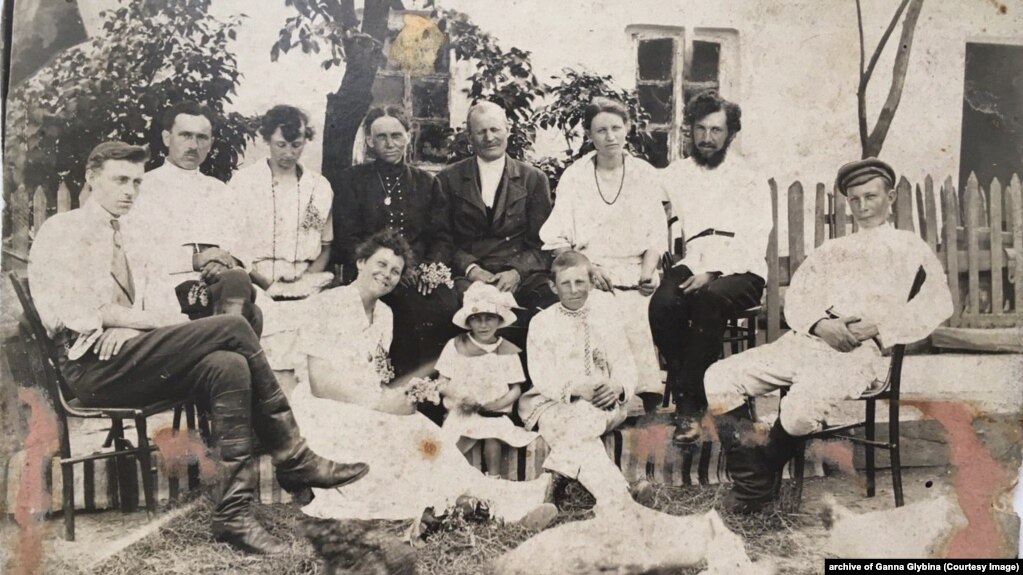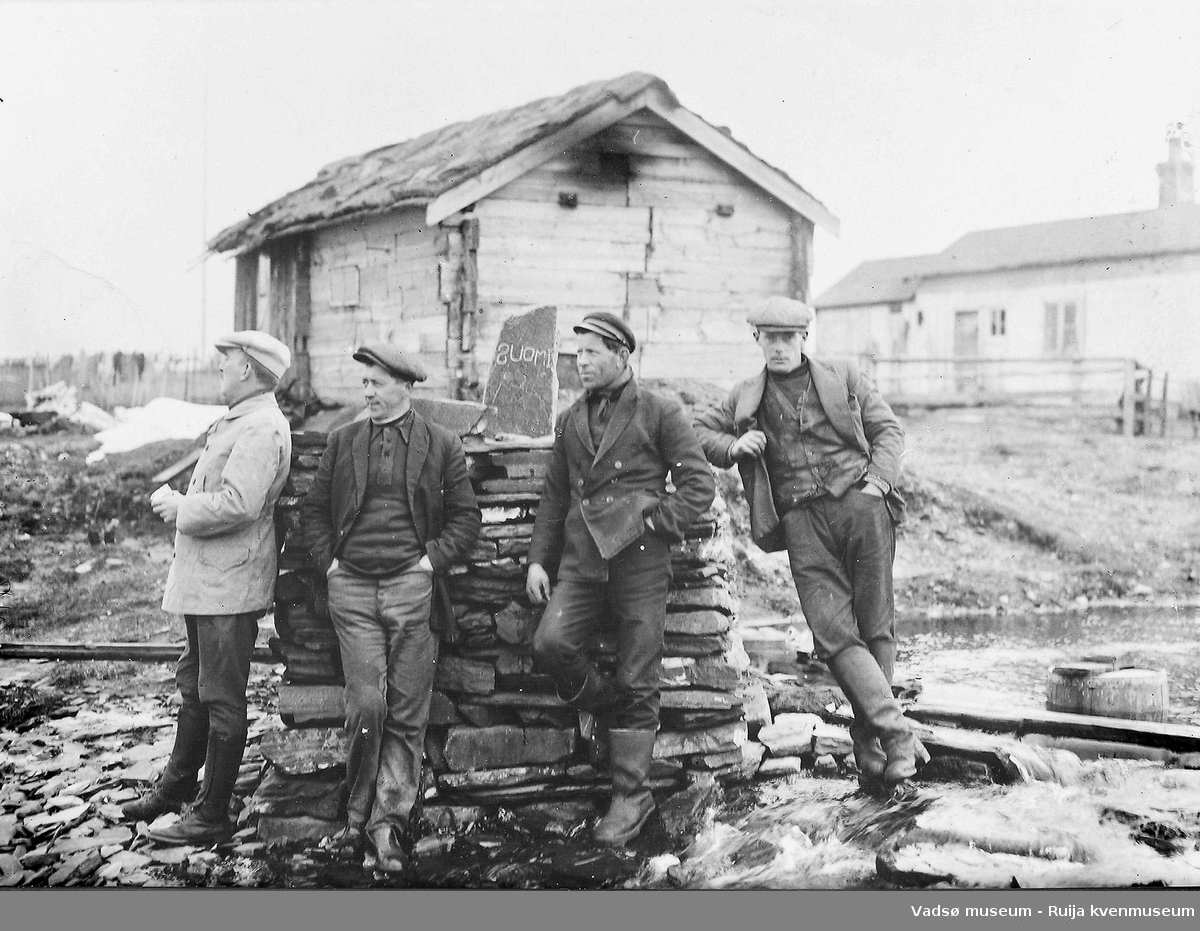1947 saw the beginning of mass deportations of Ukrainians to Siberia carried out under the name of Operation Zakhid (West). Overnight 26,644 families were taken from their homes: a total of 76,192 people, including 18,866 men, 35,152 women and 22,174 children.
The Operation began on October 21 at six in the morning under the command of M. Dyatlov, Deputy Minister of Internal Affairs of the Ukrainian SSR.
Ukrainians were rounded up and sent to forced labour in mines and farms of Siberia. During the long journey to the North, 875 deportees attempted to escape from the trains; 515 were recaptured. These were the official figures issued by the Ministry of State Security of the Ukrainian SSR. The Ukrainian underground resistance movement documented 150,000 deportees.
Moscow justified the deportation of Ukrainians as a continuing fight against the kulaks (comparatively wealthy peasants). Their property was immediately seized and transferred to the kolhosps (collective farms). However, Soviet statistics show that the deportees were not excessively rich – for example, the peasants from Drohobych Region owned one or two cows, 22% of the farmers had two horses, only a third had one pig, and only a quarter owned plows and harrows. Ordinary peasants were thus labeled as “enemies of the working class”.
The main objective of Operation Zakhid was to weaken the Ukrainian liberation movement in Western Ukraine.
On September 10, 1947 the Council of Ministers of the USSR approved the decree “On the deportation of family members of OUN activists and other criminals from the western regions of the Ukrainian SSR to the following regions: Karaganda, Arkhangelsk, Vologda, Kemerovo, Kirov, Molotovsk, Sverdlovsk, Tyumen, Chelyabinsk and Chita”.
(OUN-Organization of Ukrainian Nationalists)








